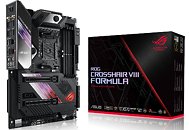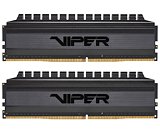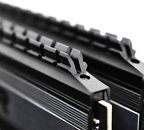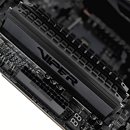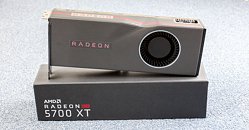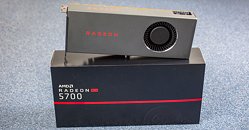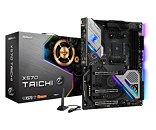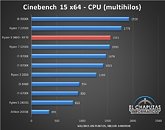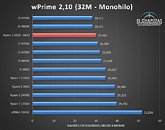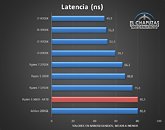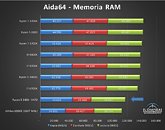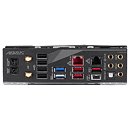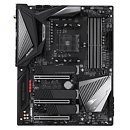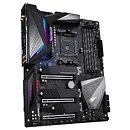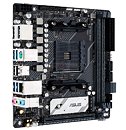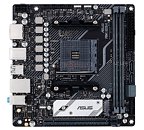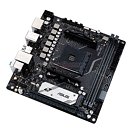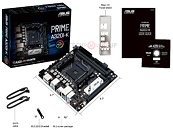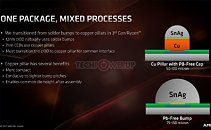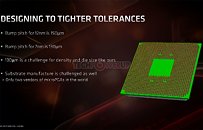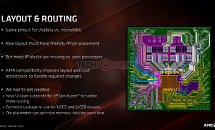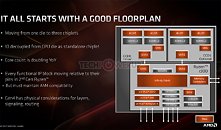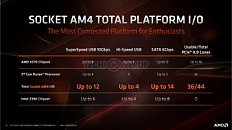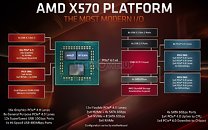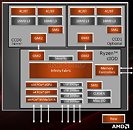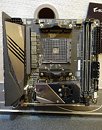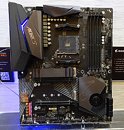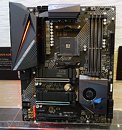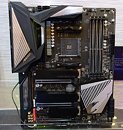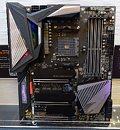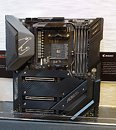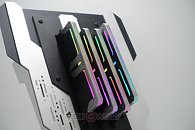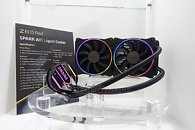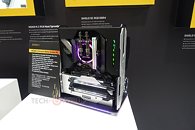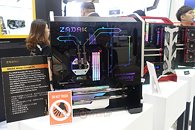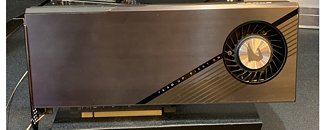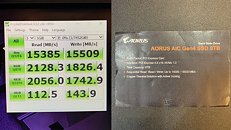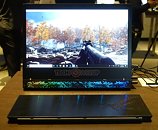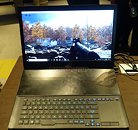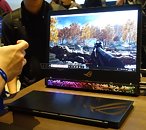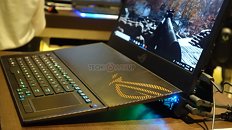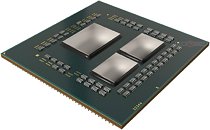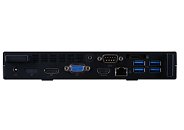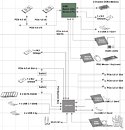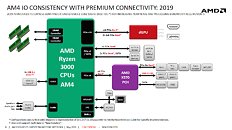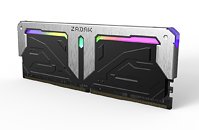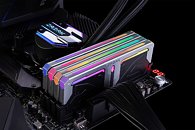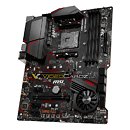
CCX Overclocking Tool for AMD CPUs Updated With New Features
Today an overclocking utility for AMD Ryzen CPUs called "Work Tool" has been updated with new features. The tool enables per-CCX overclocking, which is said to enable additional overclocking performance if one CCX is more capable than the other, so the whole CPU doesn't have to run at the speed of a slower CCX to be stable. The tool has been released by user shamino1978 on Overclock.net forums.
The reason for overclocking Ryzen CPUs on per CCX basis is because if you want to overclock a single core inside a CCX, the second core must run at a 1 GHz difference, meaning that if one core is OC'd to 4.5 GHz, the second core must run at 3.5 GHz. Such design is to be blamed on CPU's internal clock divider. However, you can use the Work Tool to do individual CCX overclocking and gain additional performance. Additionally, the tool has been updated to support tweaking of voltage aka VID. There are two versions of the tool, one which is smaller and has less features and one which can tweak the voltages. The smaller version is available here, while the bigger, more capable version is available here.
The reason for overclocking Ryzen CPUs on per CCX basis is because if you want to overclock a single core inside a CCX, the second core must run at a 1 GHz difference, meaning that if one core is OC'd to 4.5 GHz, the second core must run at 3.5 GHz. Such design is to be blamed on CPU's internal clock divider. However, you can use the Work Tool to do individual CCX overclocking and gain additional performance. Additionally, the tool has been updated to support tweaking of voltage aka VID. There are two versions of the tool, one which is smaller and has less features and one which can tweak the voltages. The smaller version is available here, while the bigger, more capable version is available here.



